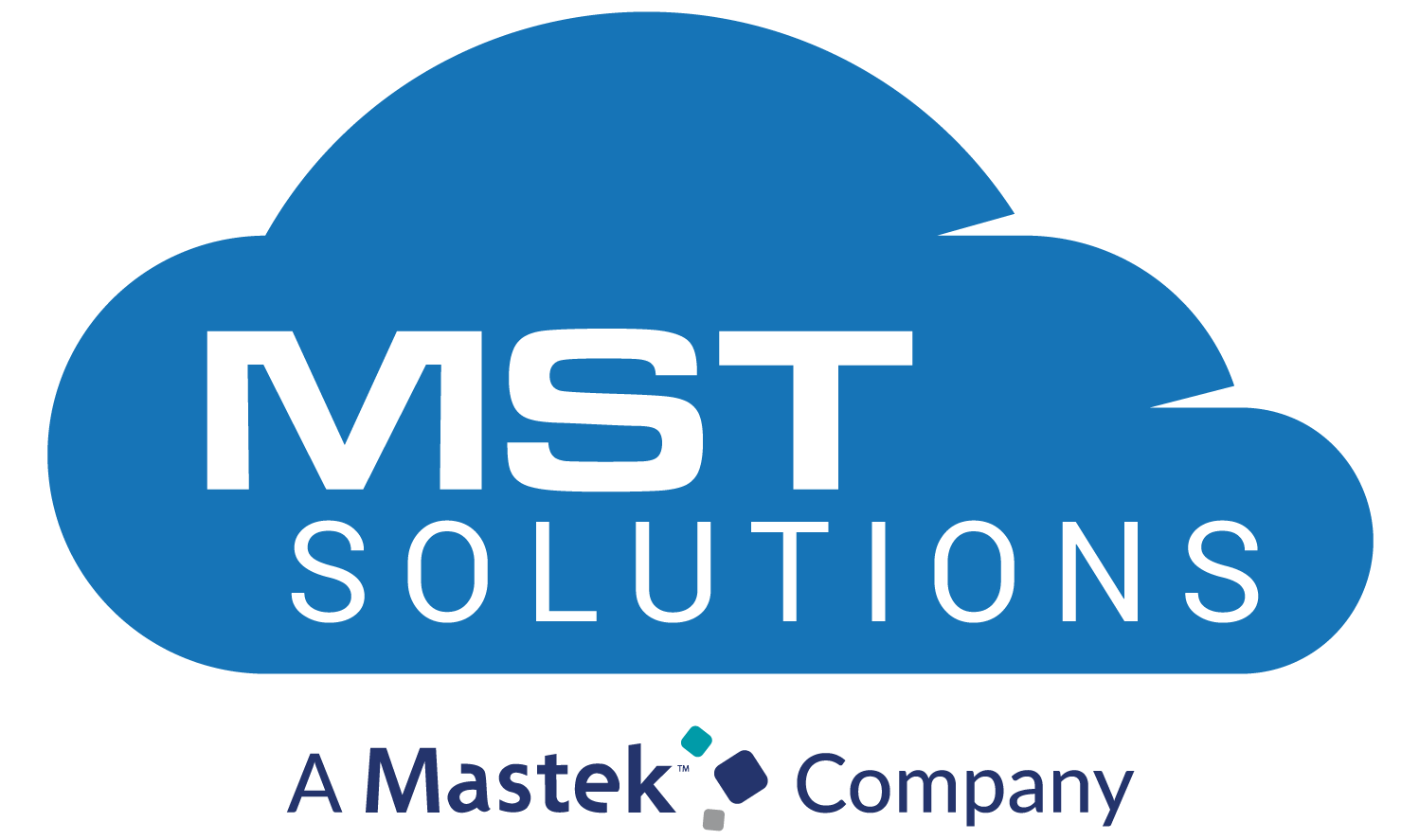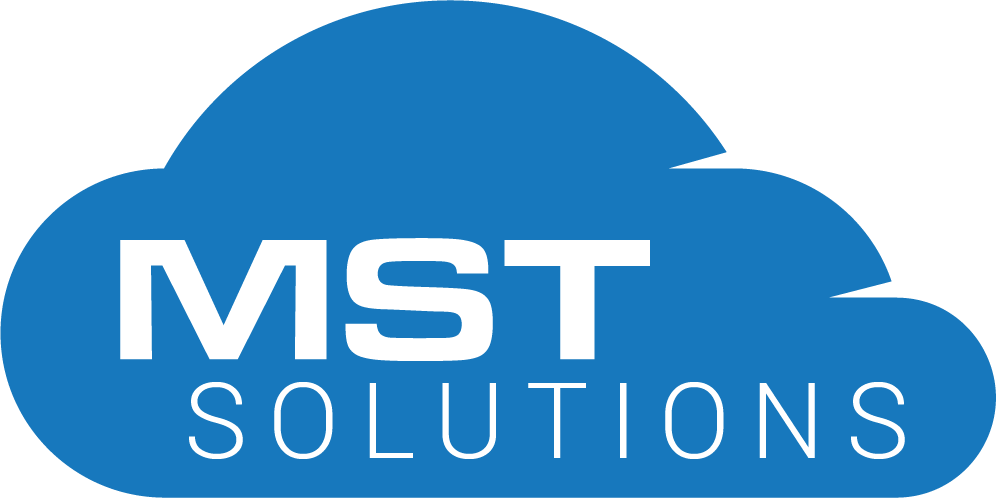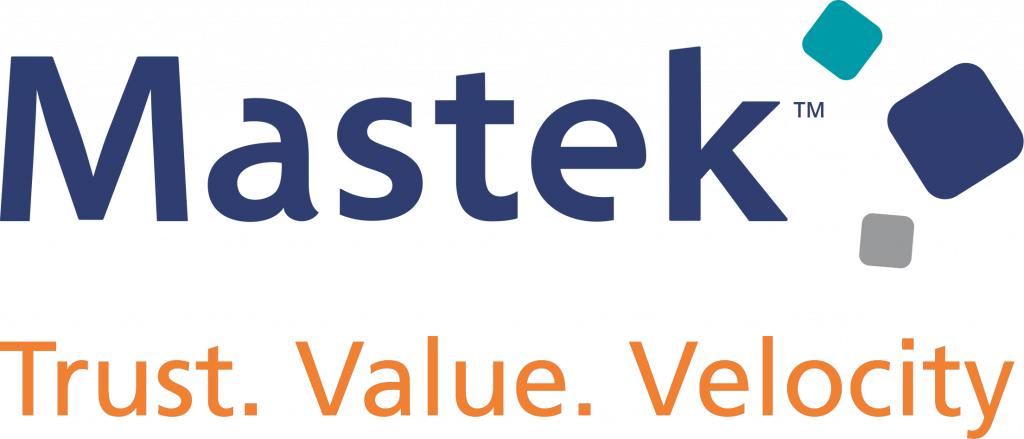While historically, agencies operating in the public sector have been apprehensive to adopt new technologies like cloud-based CRMs, more are beginning to realize how necessary these tools are in meeting the demands of the new world. For instance, Salesforce is now becoming more pervasive in the industry because it’s enabling government entities –– including workers’ compensation agencies –– to transform the way they do business and serve their constituents. More importantly, it affords agencies the ability to easily extend the system over time –– something most legacy systems don’t accommodate.
With that in mind, let’s explore a few ways Salesforce is being used to create improved experiences, generate long-term time and cost savings, and bring greater efficiency to business operations and workflows.
Improve claims intake and match
Workers’ compensation claim intake and matching processes are the most critical steps in the claims process. The claimant, the employer, and other involved stakeholders must act quickly and efficiently to meet deadlines and comply with statutes.
The problem is, many agencies are using outdated technology requiring multiple manual, time-consuming steps to process a single document. Often, this translates to employees spending a great deal of time tracking down and communicating the status of the claim, or even attempting to decipher and match fields with handwritten inputs.
Using Salesforce Service Cloud and Community Cloud, paper forms can easily be converted to web forms, enabling claimants, attorneys, insurance carriers, employers, and other involved stakeholders to conduct business through an online authenticated system. This makes data easily available and accessible to those who need it when they need it. This also provides a way for agencies to mitigate errors and increase the accuracy of data captured on forms. The platform can be configured to allow claimants, clients, vendors, and regulatory organizations to submit, review, and manage documents, and find, match, and process claims with automation logic that increases efficiency and mitigates compliance issues and errors. As claims progress, Salesforce can also be used to intake, manage, and administer case hearings including scheduling and judge assignment by case and location.
Take advantage of more robust integrations
Most legacy workers’ compensation systems don’t easily allow for integrations, which makes automation, collaboration, and interoperability possible. Because workers’ compensation processes involve multiple entities and stakeholders, this presents a significant barrier.
With Salesforce and the Mulesoft AnyPoint Platform, agencies can create APIs and maintain them easily because it is configurable and integrates with a number of applications, the implementation can easily be customized to enable things like data migration and sharing, document generation, document authorization and signing, and calendar integration. Data transfer flows can be built to automate and accommodate the high volume of data that transfers between Salesforce and other systems. This enables agencies to bring everything from risk and compliance to authorization and reimbursement to approvals under one single source of truth, mitigating silos, breakdowns in communication, manual processes, and errors.
Communicate more efficiently with stakeholders
Despite the growing prevalence of digital assets, many state and local agencies are communicating with constituents, healthcare providers, and insurers via hard-copy documents sent by mail.
Salesforce helps agency employees, internal divisions, external agencies, vendors, and citizens communicate more efficiently using collaboration tools such as Chatter and customer portals using chatbots. Using workflows and approvals, the system allows for the electronic sharing and submitting of documents, including constituent self-service submissions and tracking. Resulting, in a one-stop shop for constituents to conduct business with government.
Respond more nimbly to changing laws and statutes
Modern governments need modern solutions. It has never been more challenging to meet constituent expectations, minimize IT threats, and comply with changing regulations — all while meeting a broad range of agency demands.
From the rise of telehealth to the impacts of global health crises, ongoing changes in legislation and healthcare demonstrate the need for administrative systems to adapt quickly. The problem is the technology solutions that got us to this point are no longer enough to meet the demands of tomorrow –– and even today.
With Salesforce as the platform foundation, workers’ compensation agencies have access to a nimble, responsive platform allowing them to quickly adapt processes, create and maintain forms, and approvals when legislation changes. For example, implementing ecosystem products like Nintex Drawloop DocGen eliminates manually creating and updating documents, which are often time-consuming processes when regulations change. For one agency, the cycle time to make edits and publish for use was reduced by 94% or from 2 days to 3 hours
As workers’ compensation agencies look to improve experiences, business operations, and workflows, while increasing their ability to comply with statute, many are turning away from outdated technology that hinders the efficiency and accuracy by which agencies operate and how citizens are serviced.








